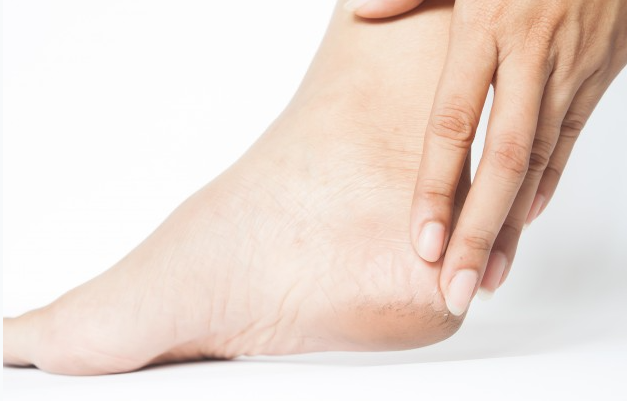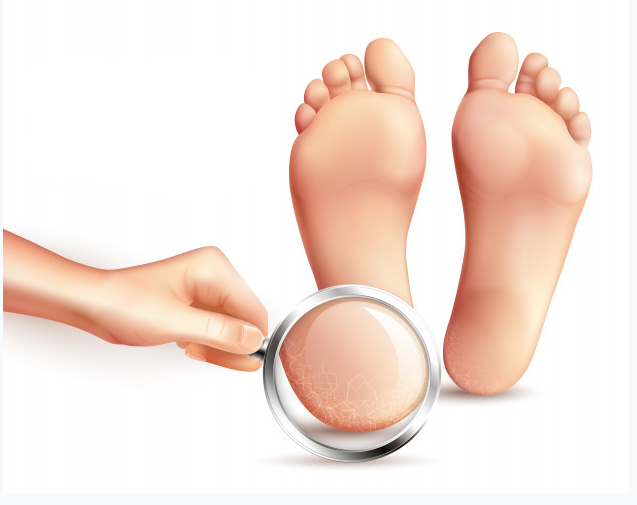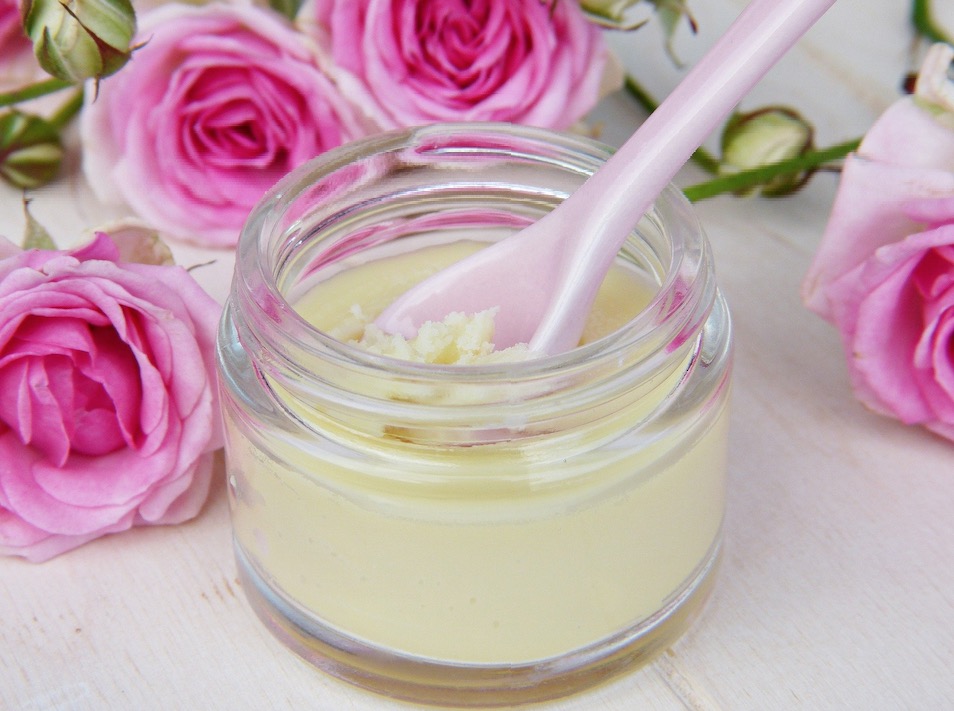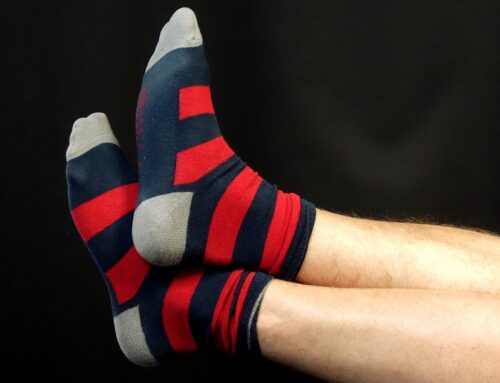Project Description
Sandal Season is Coming Back, but What to do about Cracked Heels?
Cracked heels (or foot xerosis), are a common foot problem that affects many people. The cracks that form in the heels are annoying and unsightly cuts essentially due to the continuous repetition of local micro-traumas. However, there are many factors that favor the onset of the problem.
In all cases, it is not advisable to neglect the problem because the cracks can tear, bleed and, in some cases become infected and cause pain, even leading to difficulties in walking.
Here are some simple steps you can take to prevent and treat cracked heels, and to ensure the best care for your feet so as to be prepared for the sandal season.
Why do you get Cracked Heels?
Cracked heels normally occur because of dry skin. The medical term to describe this skin disorder is cutaneous xerosis and it is characterized by whitish flaking, thin, rough skin. The skin areas most affected are those most subjected to pressure and friction, such as the soles of your feet and your heels. If no action is taken, over time, cuts and cracks in the skin may appear.
Causes of Cracked Heels
Cracked heels are usually caused by a combination of factors. For example even the salt crystals contained in sea water can favor skin dehydration, by amplifying the effect of the sun’s rays as if they were tiny mirrors. Even though the main triggers are continuous rubbing and friction due to unsuitable footwear, and dryness of the skin, but there are also many other possible causes and contributing factors including:
1. Frequently walking barefoot or with clogs or flip-flops – These habits help dry out the skin of the feet and promote more irritation, favoring not only cracking, but also calluses and infections.
2. Skin disorders – Some skin diseases are among the most frequent causes of cracked heels; the classic example is psoriasis, an inflammatory skin disease, generally chronic and relapsing, which affects about 1-2% of the world population; it manifests as red erythematous patches covered with dry and whitish scales that can cause itching and burning.
3. Diabetes – Diabetes is a metabolic disease that favours not only the onset of cracks, but also that of annoying sores and fissures in the feet. These problems are essentially linked to the fact that diabetes causes alterations in skin sensitivity (neuropathy) and circulatory problems in the lower extremities (arteriopathies), exposing the person what can sometimes become very dangerous foot injuries.
4. Calluses – The presence of these skin thickenings under the feet can cause a loss in the elasticity of the heel skin, which may become less resistant and therefore at a higher risk of developing lesions such as cracks and cuts.
5. Anomalies of the foot – These anomalies (for example an alterated alignment of the metatarsal bones, flat feet or bunions) represent a risk factor for the onset of cracked heels, mostly because they can change the normal support of the foot.
6. Obesity and pregnancy – These are conditions that predispose to cracked heels because of the considerable increase in the pressure that is exerted on the foot and because of the changes in blood circulation in the feet.
7. Infections affecting the foot – Infections weaken the skin, thus exposing the heels to cuts and cracks; an example is represented by ringworm, a fungal infection better known as “athlete’s foot” and which mainly affects those who practice sports.
8. Use of unsuitable footwear and habit of not wearing socks – These are behaviours that not only increase the risk of dry and cracked heels, but also the onset of corns, calluses and infections affecting the feet.
Associated Symptoms and Signs
The presence of cracked heels is often associated with various signs and symptoms; in addition to the dryness and peeling of the skin, a greyish complexion is often observed.
If the cracks are not deep, they may not be painful, but in the case of deeper cracks that involve the deeper layers of the skin, there can be pain, discomfort and irritation, especially when placing your feet on the ground.
When open sores appear, cracked heels tend to bleed and you are at a higher risk of developing fungal, viral and bacterial infections.
Remedies for Dry and Cracked Heels
There are various remedies that can be put in place to solve, or in any case mitigate, the problem of cracked heels. The first thing to do is to restore the normal skin elasticity of the affected area.
To achieve this, you can provide daily hygiene with warm water and use moisturizing and nourishing creams; the most effective moisturizers for cracked heels are those enriched with glycerin, sorbitol, mucilage, and hyaluronic acid. For nourishing purposes, creams with shea butter, almond oil, vaseline oil, and castor oil are often recommended.
Creams containing urea, a substance that is capable of retaining water in the epidermis, can simultaneously help your skin stay hydrated and promote the elimination of dead cells.
Depending on the situation, moisturizing substances such as urea are recommended to be combined with emollient and film-forming oils in order to improve both the appearance and elasticity of the skin.
When to see a Podiatrist
If your heels are very cracked and there are bleeding sores, you should see a podiatrist so as to receive safe and effective treatment and advice on the most suitable remedies to prevent this from happening again; if there is an infection (for example a fungal or bacterial infection), it is also necessary to intervene with antifungal drugs or antibiotics to be applied locally.
Ho to Prevent Cracked Heels
Paying attention to hydration and nourishment of the skin is the most useful means of prevention of dry and cracked heels. Other useful tips include:
– avoid using detergents that are too aggressive on the skin;
– limit hot showers and baths which can dehydrate the skin;
– wear comfortable shoes and limit the use of high heels, flip flops and clogs;
– use soft cotton socks, avoiding those that have stiff seams;
– avoid walking barefoot too often
Outlook cracked heels
Finally, it is essential that you keep your feet clean and well hydrated with the help of gentle detergents and emollient and nourishing creams or oils.
The following can be of great help:
Foot Soaking 2-3/week – it helps loosen the dead skin and remove dirt, impurities, bacteria and fungus present in the cracks. After the foot soak, when the skin is soft, you should carry out a foot scrub that will help exfoliate and remove loosened dead and flaky skin. The scrub will also encourage the production of new and healthy skin.
Foot masks, creams or moisturizers: As feet don’t have oil-secreting glands, the skin in tis area always tends to be dry. Apply moisturizer daily after bathing and before going to bed and a foot mask to boost nourishment and hydration once or twice a week. This will help the skin stay hydrated, soft and supple.
Do not hesitate to contact a dermatologist or podiatrist if you feel intense itching or if you notice the presence of wounds and redness. Medelit can arrange home visits with qualified podiatrists who have been selected according to their high levels of specialization and expertise. Our podiatrists provide home visits or online consultations for best and professional foot care.
You Might also be interested in… |
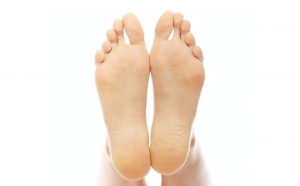
Podiatry Home Visits
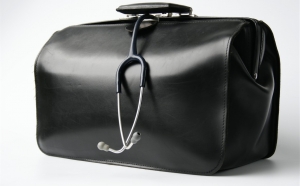
Online Medical Services
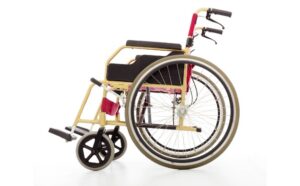
Online Physiotherapy



